News & Articles
How To Buy & Store Pesticides At Home
Posted on March 20, 2020
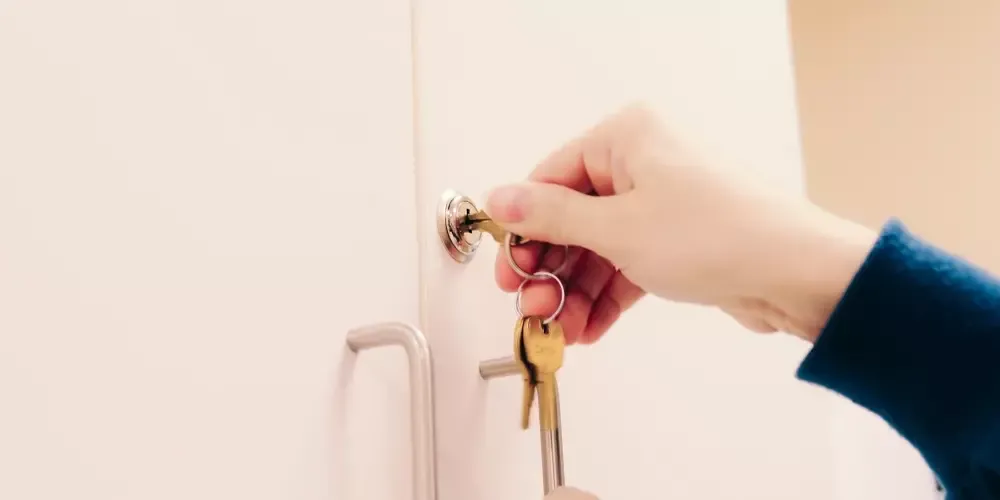
The best way homeowners can control pests around their homes is to be knowledgeable about the various insects and animals who like to invite themselves in. Once you know the commons pests in your area, remove the things that might tempt them to move in.
Benjamin Franklin said, ‘an ounce of prevention is worth a pound of cure.’ This axiom is especially true for pests around your home.
Tips For Pest Prevention:
- Keep Plants & Lawns Healthy & Watered To Prevent Pest Infestations.
- Eliminate Debris From Areas Inside & Outside The Home.
- Keep Things Clean Inside The Home.
- Remember To Store Food In Sealed Containers.
- Check Pets Weekly & Take Care Of Their Coat.
But What Happens When Prevention Methods Don't Work?

Gather some information about pesticide products for home use and the pest you are looking to control. You can use that information to purchase the right product.
Here Are A Few Things To Consider:
Pest Description
Many species of insects look alike, and some are beneficial and not a pest. If you capture one and take it with you, the employee certified for pesticide sales will help you with identification, or you can snap a picture and send it to a knowledgeable pest removal company for identification.
Where Is It Located?
Is the pest in outside areas where pets and children play? Do you need special equipment to reach and apply the product? Does it prefer a particular plant or food source?
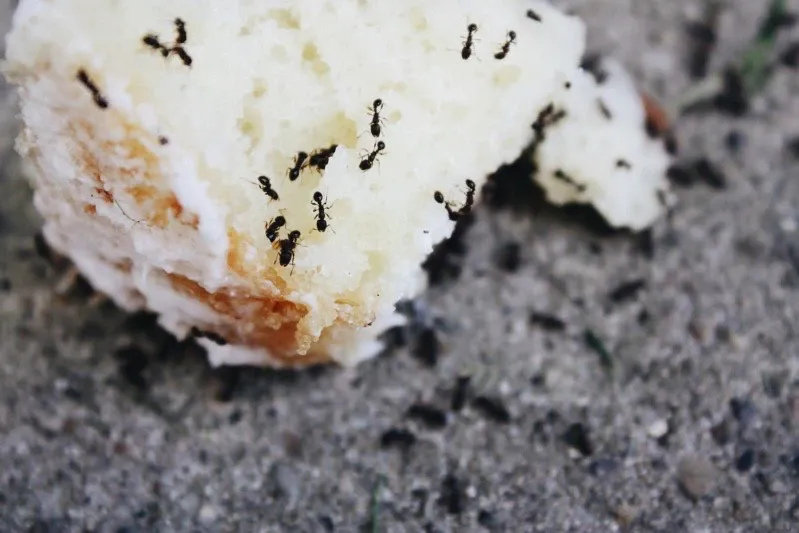
What Are Its Life Stages & Breeding Time?
The life stage is important as sometimes the product has to be applied to the larvae instead of the mature insect. The breeding turn around time will tell you the frequency of the application needed to eliminate the evil spawn.
What Are The Season & Weather Considerations Involved?
Some pests like moist conditions and others have a particular season where pesticide application is most effective. Knowing this information will help you find the right treatment for your problem.
Should I Be Worried About Using Pesticides?
here are regulations in place to protect consumers using pesticides, provided they follow the proper application and storage methods for pesticide use.
Health Canada certifies what pesticides are healthy and safe for use in Canada. They give the product an EPA number that confirms approval for use in Canada. The EPA number should be on the label of the products you buy.
Grey Areas
Some people may purchase products over the internet, and not all products used in the USA are allowed here. There are about 250 products restricted from use in Canada. One common product is neem oil. Some gardeners feel that neem oil is effective in repelling garden pests.
Province to Province
Each province has the authority to regulate and prohibit the use of pesticides in their areas.
Alberta is one of two provinces in Canada that does not legislate or ban pesticides. It does have rules about the sales, handling, and use of pesticides in the province. Pesticide application courses are leading to certifications for anyone providing a service or selling pesticides in Alberta.
Certified To Do The Job
It is good to check if the technician applying pesticides in your area is certified. Multi-family dwellings, daycares, nursing homes, and hospitals require a certified pesticide operator to use pesticides in those locations. The hardware stores are also required to have one employee with pesticide certification, and they may be a resource if you have questions about the products they carry.
Talking to a professional technician from a reputable company like Martin’s Pest Control can also guide you to some safe products to buy.
Read The Label
In the store, pay attention to the labeling because warnings are there for a purpose.
Many of the products have ingredients that, if not used and stored correctly, can be a danger to yourself, family, pets, and neighbours. For example, some rodenticides have ingredients that cause copious bleeding because they stop blood from clotting. Oddly enough, one product used to kill mice and rats developed into a substance used to treat human illnesses. This development does not mean all products are safe!
When looking at the product label, pay special attention to words like danger, warning, and caution. Caution is less harmful than those items labeled with a warning. Danger means they are poisonous and harmful to contact. If these words are on the label, it signifies some ingredients need special application procedures and storage considerations.
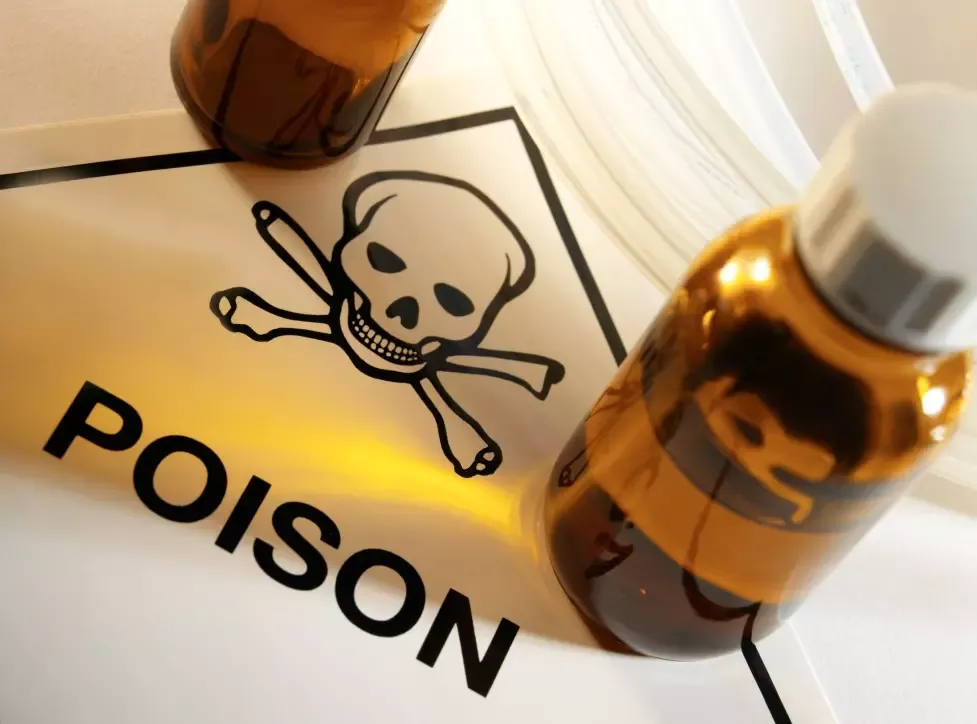
Types Of Pesticides
There are many types of products to buy, so your research comes in handy to identify the right product for your situation.
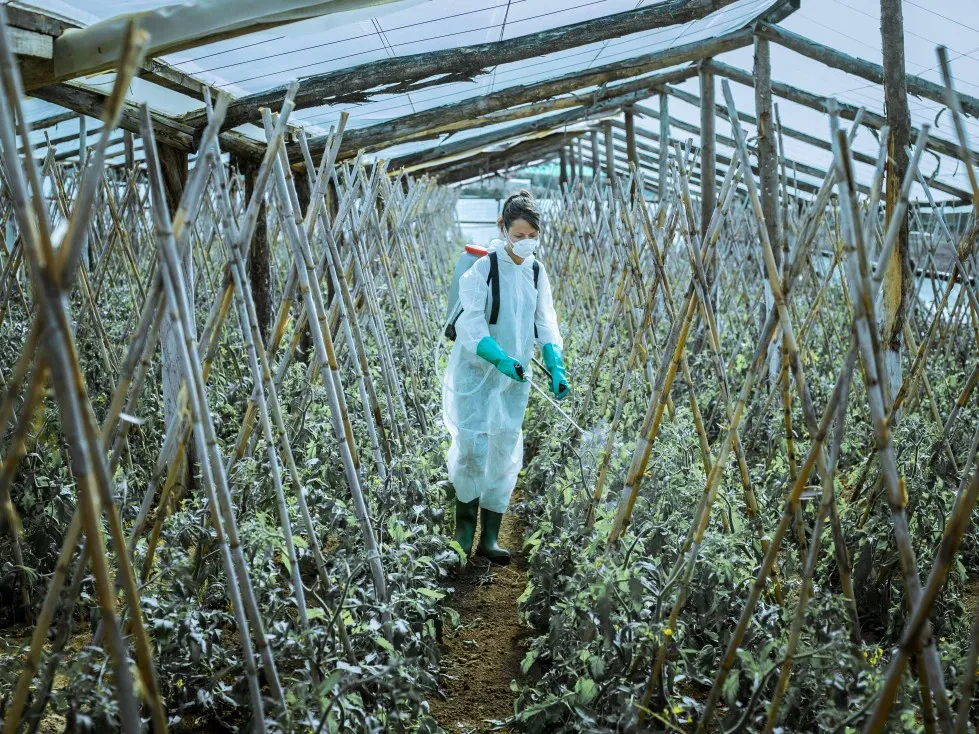
- Disinfectants & Germicides-Used To Clean Areas & Eliminate Bacteria Left Behind By The Pests.
- Fungicides-Used Remove Mildew & Fungal Spores.
- Herbicides-Used On Invasive Plants To Remove Diseased Stumps & Plant Diseases.
- Insecticides-Kill Or Repel Insects, Mites & Ticks.
- Rodenticides-To Repel, Trap & Kill Rodents.
- Wood Treatments & Preservatives. These Deal With Insects & Fungi In Wood.
Information Breakdown
There are thick manuals and websites with a breakdown of what is in the different types of pesticides.
It is the smart homeowner that takes precautions. There are about 6,000 cases of pesticide poisonings in Canada each year. It is wise to be careful and take the time to read the instructions before applying. Using the suggested breathing mask, application tank, gloves, disposable overalls will help protect you during application.
Know The Dangers
Educate your family about any dangers associated with the use of the pesticide. Keep pets inside or place them in their carry cage until it is safe to let them out. Place protective barriers so they cannot get into toxic traps.
If someone needs help after exposure to pesticides, call the Alberta poison control centre at 1-800-332-1414. They will ask you the patient’s name, gender, weight, if they have eaten anything, the amount swallowed, exposure time, and details from the container or label.
Educate your family about any dangers associated with the use of the pesticide. Keep pets inside or place them in their carry cage until it is safe to let them out. Place protective barriers so they cannot get into toxic traps.
If someone needs help after exposure to pesticides, call the Alberta poison control centre at 1-800-332-1414. They will ask you the patient’s name, gender, weight, if they have eaten anything, the amount swallowed, exposure time, and details from the container or label.
Storage Of Pesticides
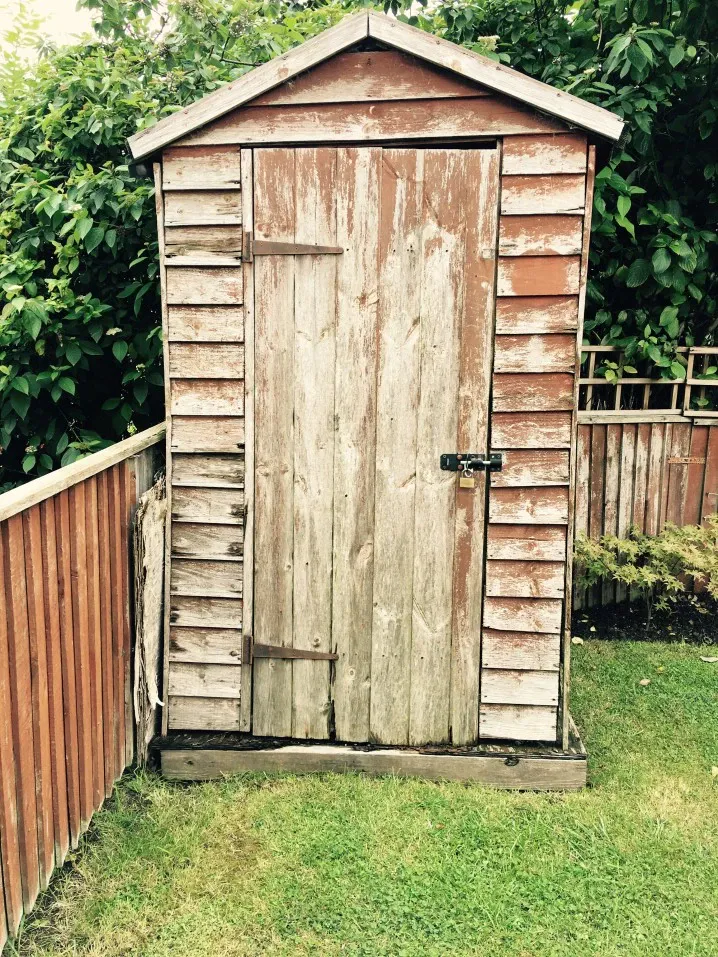
The safe storage of pesticide products is one area where homeowners are often negligent. Try to buy only as much as you need and use it up—secure pesticides out of the reach of children. Lock them in a cabinet or shed. Some of the pesticides can be flammable, so don’t store them close to furnaces, or BBQs.
Do not pour remnants down the drain or store where they might contaminate water supplies. Don’t store near food or animal feed. Place used containers in the hazardous waste bin, not in your household garbage.
Here are a couple of free downloads on homeowners pesticide use:
The EPA Citizens Guide To Pest Control and Pesticide Safety & What Gardeners Should Know About Pesticides
If you want more information, or to have someone to come to your home and handle the pest problems, give Contact Martin’s Pest Control a call. We’re here to take care of what bugs you.
Recent Posts
- Ants Invade: Understanding Ant Infestations and Effective Pest Control
- Boxelder Bug: The Unwanted Visitors
- European Crane Fly Fun Facts
- Winter Ant Invasion
- DIY Pest Control Fails! Certainly Call the Experts
- Easy Top Notch Seasonal Pest Control Tips
- 10 Common Household Pests : When to Call a Professional
- Simple Mouse Control Techniques
- Buzzing About The Protection of Bees